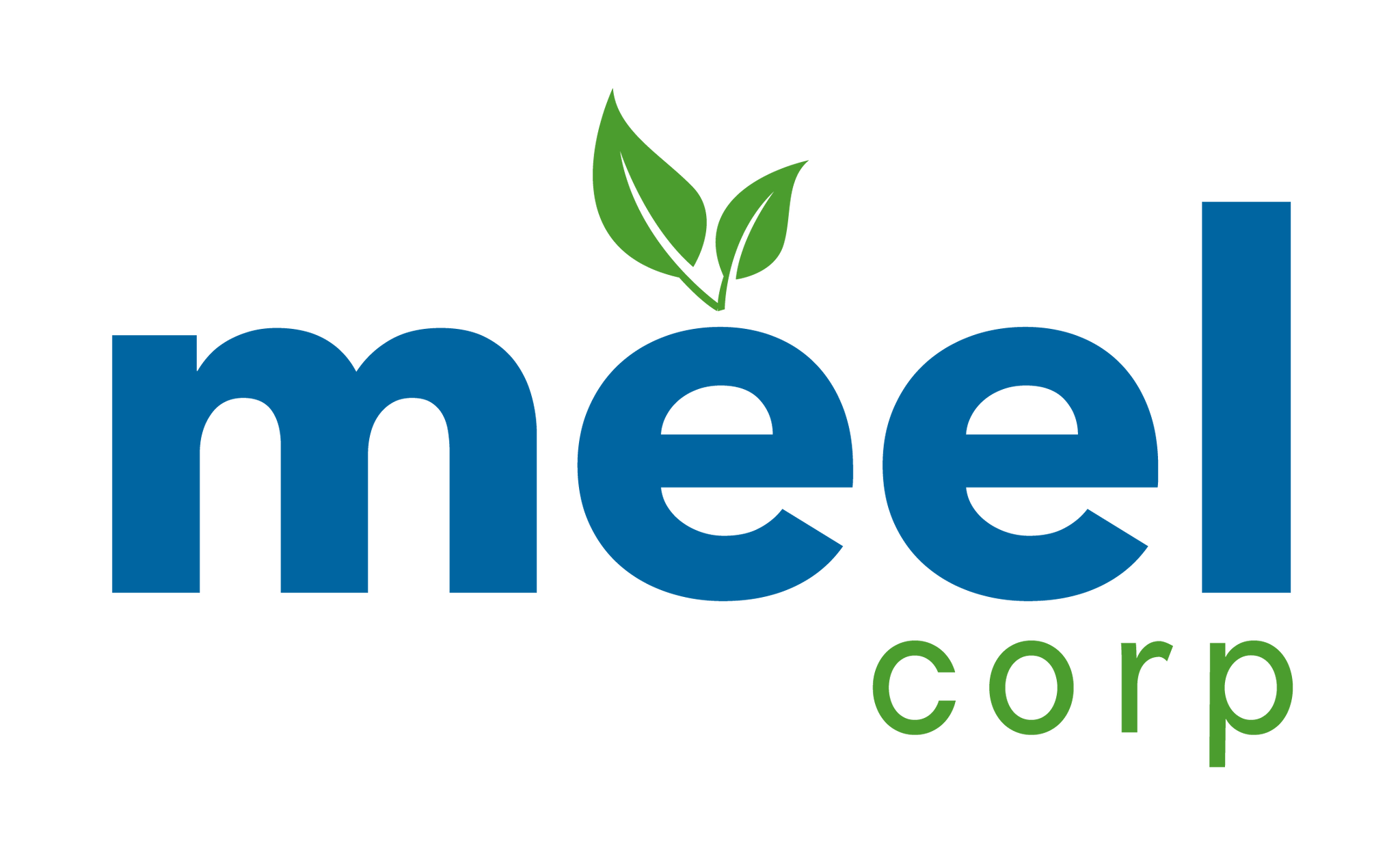How do you tell the difference?
With increasing consumer interest in seeking the healthiest and purest food available, we thought we'd clear up some of the biggest misconceptions between conventional, pesticide-free, and organic foods.
organic
"Organic" refers to food created using traditional farm techniques like crop rotation and composting. These sustainable farming methods emphasize overall ecosystem health. For produce to be labeled "organic" it must meet the uniform national standards set by the United States Department of Agriculture. Because of the higher standards and time needed to grow organic produce it generally costs more than conventional and pesticide-free formats.
pesticide-free
Pesticide free products are tested for pesticides, but not certified organic. Pesticide testing verification is done at a point in time to confirm if the product has pesticide residues. An accredited 3rd party lab is normally used to confirm there are no pesticide residues on the final product. A pesticide is any substance used to control pests like animals, insects, weeds, bacteria, and fungi.
conventional
Conventional produce is created using any number of modern agricultural techniques such as synthetic fertilizers, and both natural or synthetic pesticides. Because conventional farming methods enable growers to produce more crops quicker, this format usually possesses the biggest price advantage. There are maximum pesticide limits and standards that all products must meet to be safe for consumers.

